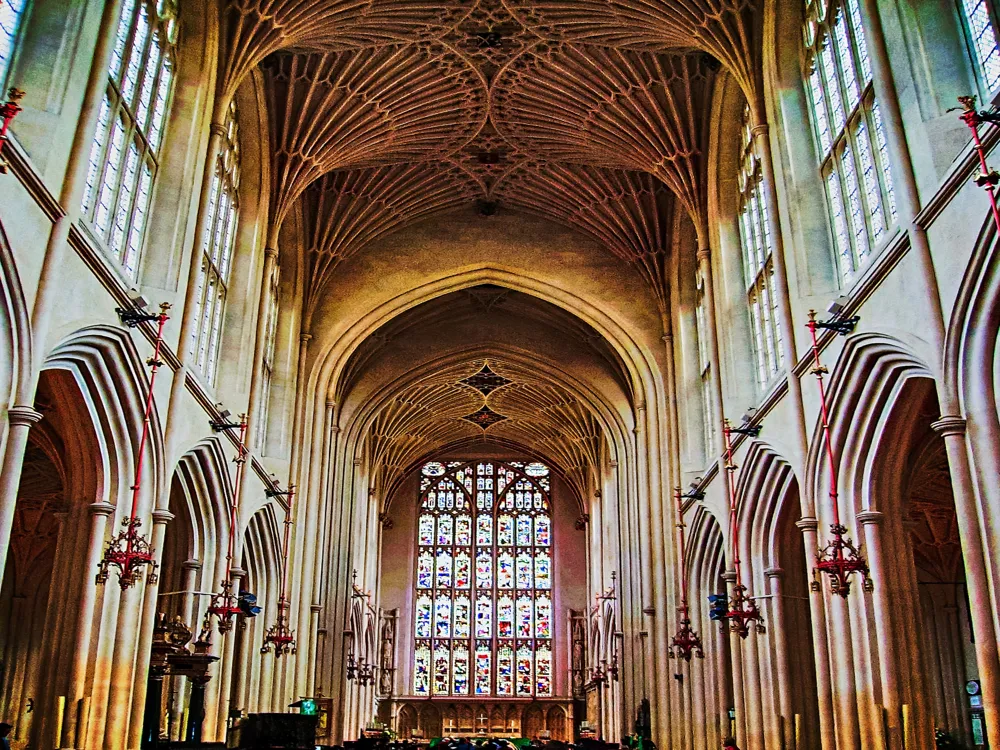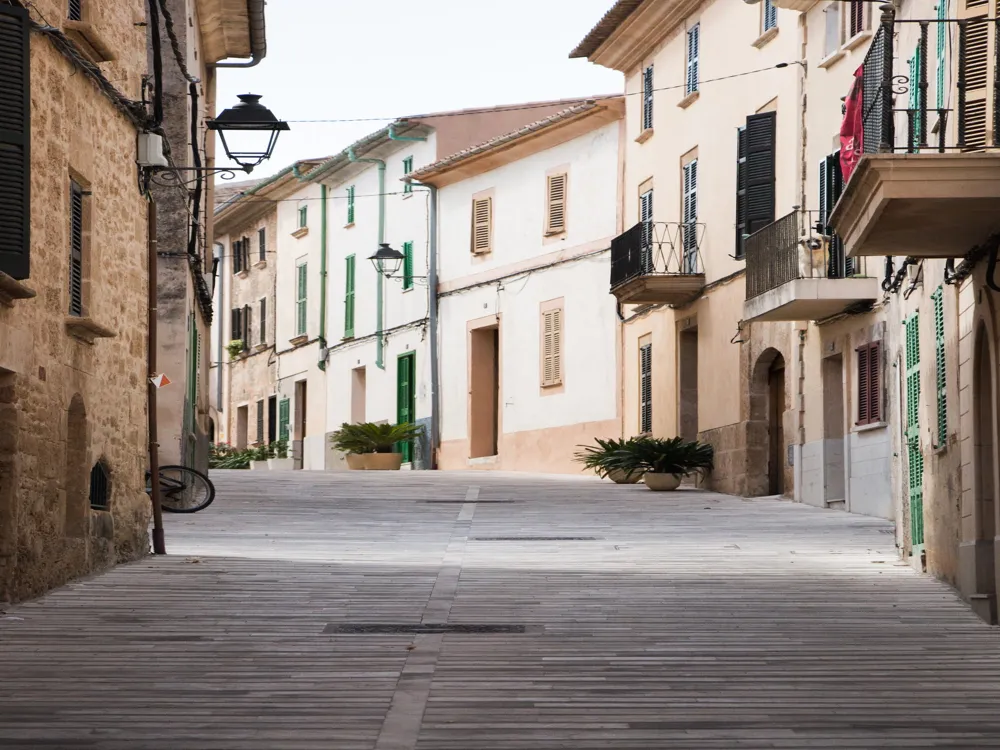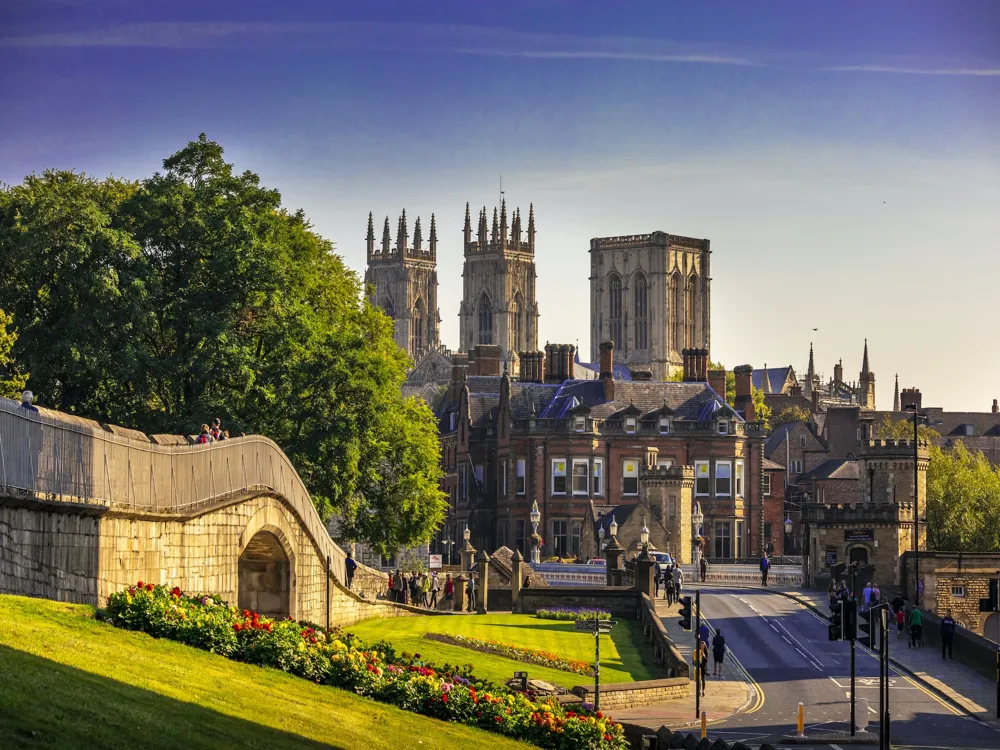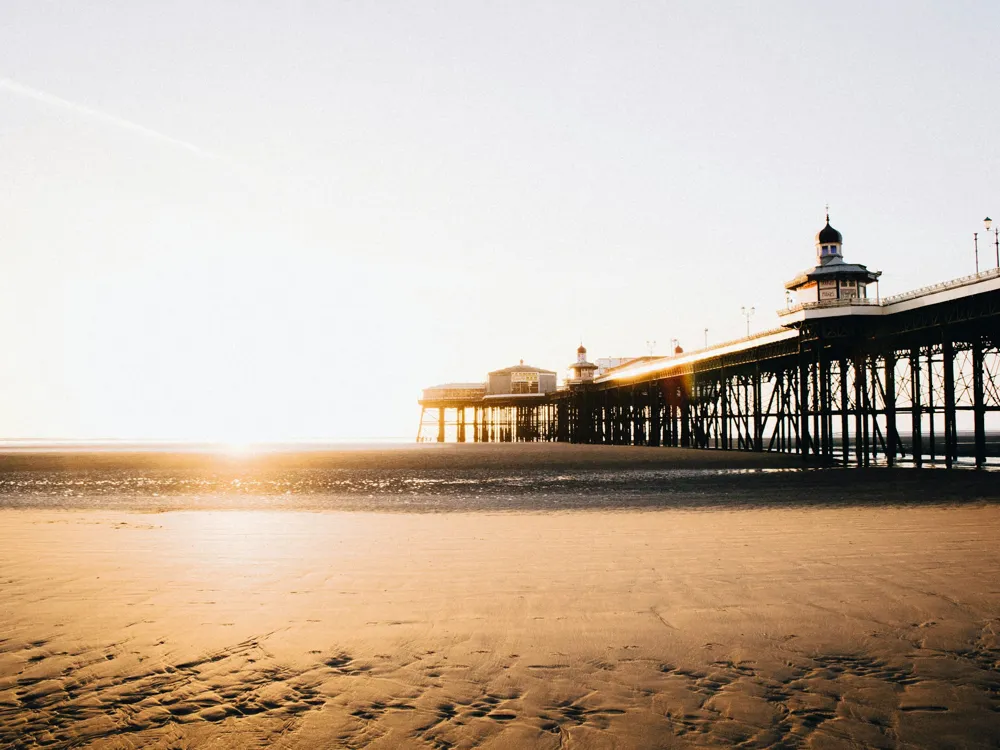Bath, a city in Somerset, England, is renowned for its Roman-built baths and is a UNESCO World Heritage Site. It sits in the valley of the River Avon, known for its rich history, architecture, and cultural significance. The city's name itself derives from its famous Roman Baths. Bath has a unique character that emanates from its golden-coloured Bath stone architecture, making it one of the most picturesque cities in England.
The history of Bath dates back to the Roman times when it was known as Aquae Sulis. The Romans built baths and a temple on the hills of Bath in the valley of the River Avon around hot springs. These ancient baths are still one of the major attractions in the city. Bath also played a significant role in the wool industry in the Middle Ages. In the 17th century, claims about the healing powers of the spring water brought a new wave of visitors to the city, leading to a major development phase including the construction of the famous Pump Room.
In the 18th century, under the direction of architects like John Wood the Elder and Younger, Bath saw the creation of some of its most iconic architecture, including the Royal Crescent, The Circus, and Pulteney Bridge. This period also marked the rise of Bath as a fashionable spa town during the Georgian era, with a flurry of cultural and social activities centered around its spas and baths. Literature and art flourished, famously represented by residents such as the author Jane Austen.
Today, Bath continues to be a city steeped in history and culture. It is not just about the Roman Baths but also about the stunning Georgian architecture, the vibrant cultural scene, and the lush, rolling countryside that surrounds it. The city seamlessly blends its rich history with a contemporary vibe, offering a plethora of experiences ranging from historical tours, cultural festivals, and culinary delights to luxurious spa treatments.
Bath’s architecture is a testament to its historical significance and cultural richness. The city's buildings are predominantly built from the locally sourced, golden-colored Bath Stone, giving the city a warm, uniform appearance. This distinctive feature is a key part of what makes Bath's architecture so unique and visually stunning.
The Roman influence is most evident in the Roman Baths, which are among the best-preserved Roman remains in the world. The Great Bath, lying below the modern street level, is a pool lined with 45 lead sheets and filled with hot spa water. It once stood in an enormous barrel-vaulted hall that could rival any cathedral for its sheer grandeur.
Moving to the Georgian era, Bath’s architecture took a turn towards neoclassical Palladian buildings under the guidance of architects like John Wood the Elder and his son. The Royal Crescent, a sweeping crescent of terraced houses, is one of the most iconic examples of Georgian architecture. It overlooks the Royal Victoria Park and is a striking symbol of the beauty and grandeur of Bath's architectural heritage.
The Circus, another masterpiece by John Wood the Younger, is an impressive circular space surrounded by large townhouses with intricate stone carvings and classical columns. This structure was inspired by the Colosseum in Rome and is considered a preeminent example of Georgian architecture. Pulteney Bridge, inspired by the Ponte Vecchio in Florence, is one of the only four bridges in the world to have shops across its full span on both sides.
Bath Abbey, originally founded in the 7th century and reorganized in the 10th century, was rebuilt in the 12th and 16th centuries. It is a stunning example of Gothic architecture. The Abbey's west front is adorned with sculptures of angels ascending and descending ladders, reflecting a dream of the founder, Bishop Oliver King.
The best time to visit Bath is during the late spring and summer months when the weather is mild. However, autumn also offers a stunning view of the city amidst fall foliage. Bath offers a range of accommodations, from luxurious hotels to cozy B&Bs. Booking in advance is recommended, especially during peak seasons. The city is best explored on foot, but there are also buses and taxis available. Consider purchasing a Bath Visitor Card for discounts on local attractions and transportation. Bath boasts a variety of dining options, ranging from traditional English pubs to fine dining restaurants. Don’t miss the local Bath Buns! Shopping enthusiasts will enjoy exploring the boutiques and markets. Visit the Roman Baths, the Royal Crescent, and Bath Abbey. Consider guided walking tours or hop-on hop-off bus tours to gain historical insights about the city.
Bath is well-connected and easily accessible by various modes of transportation. The city is just 90 minutes away from London by train, with frequent services from London Paddington and Waterloo stations. By road, Bath is close to the M4 motorway and is well-served by buses and coaches. For international visitors, the nearest airport is Bristol Airport, which is around 20 miles away. From the airport, you can take a bus or taxi to reach Bath.
Overview of Bath, England
Architecture of Bath
Tips When Visiting Bath
Best Time to Visit
Accommodations
Local Transportation
Dining and Shopping
Attractions and Tours
How To Reach Bath
Great Pulteney Street
Bath
NaN onwards
View bath Packages
Weather :
Tags : Landmark
Entry Fee : Free
Planning a Trip? Ask Your Question
Bath Travel Packages
View All Packages For Bath
Top Hotel Collections for Bath

Private Pool

Luxury Hotels

5-Star Hotels

Pet Friendly
Top Hotels Near Bath
Other Top Ranking Places In Bath
View All Places To Visit In bath
View bath Packages
Weather :
Tags : Landmark
Entry Fee : Free
Planning a Trip? Ask Your Question
Bath Travel Packages
View All Packages For Bath
Top Hotel Collections for Bath

Private Pool

Luxury Hotels

5-Star Hotels

Pet Friendly





















